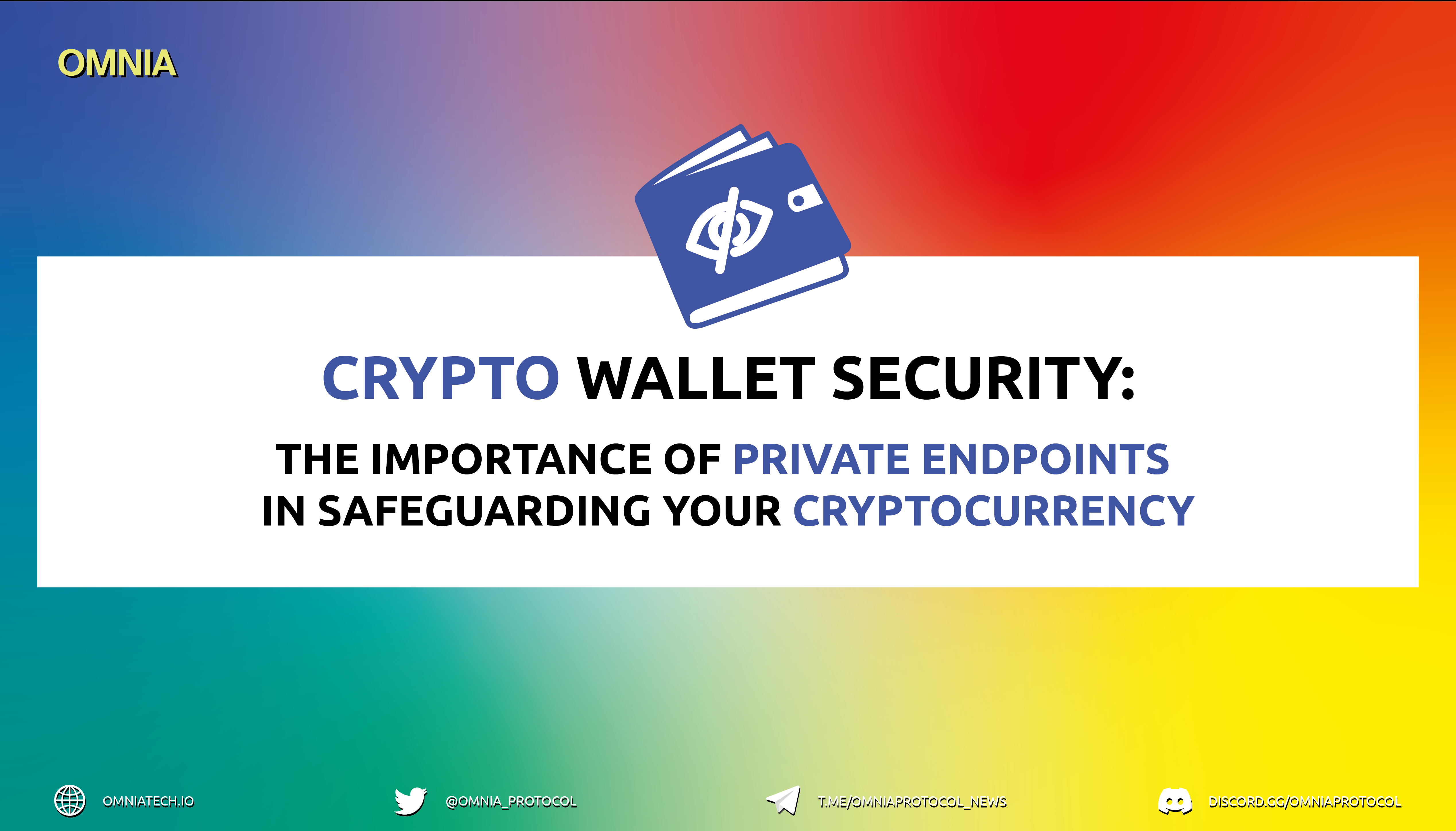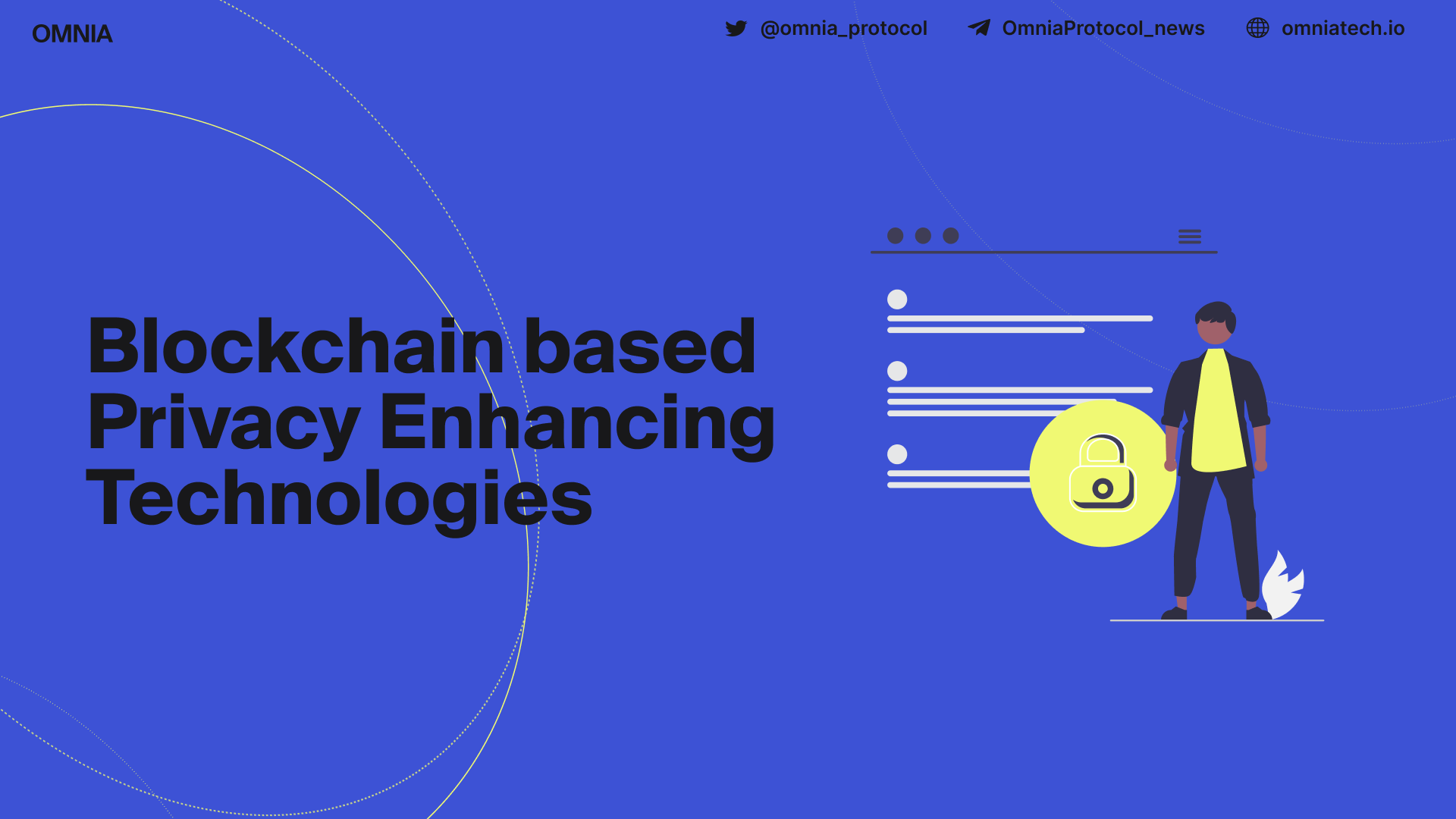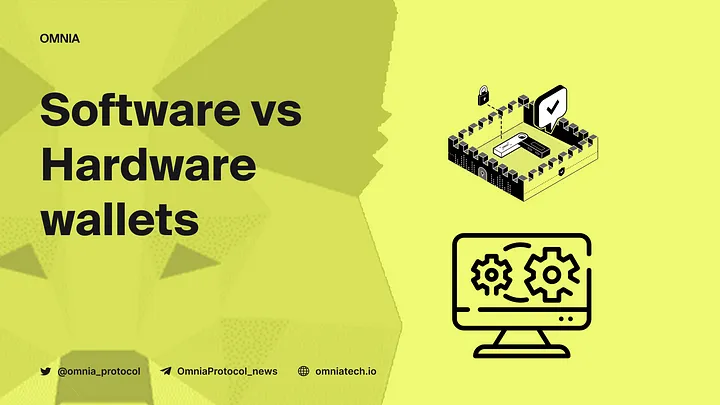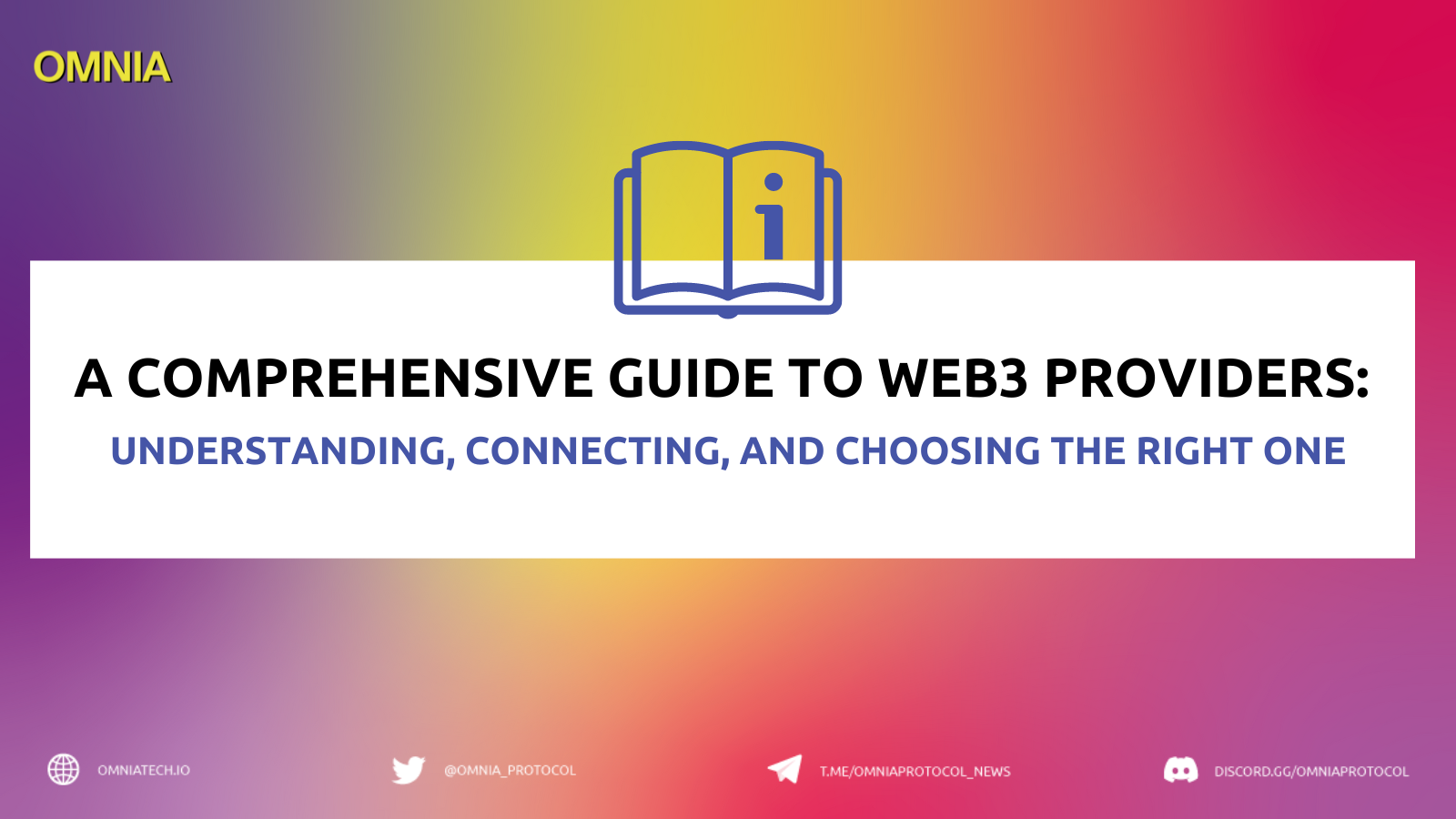
A Comprehensive Guide to Web3 Providers: Understanding, Connecting, and Choosing the Right One
As the blockchain technology landscape continues to evolve, secure, reliable, and efficient tools are increasingly essential for sustaining this dynamic ecosystem. A fundamental component in this sphere is the web3 provider. This comprehensive guide delves into the concept of web3 providers, their role within the blockchain ecosystem, and the process of connecting to them. Furthermore, we will examine various web3 providers, including WalletConnect, Metamask, and free providers, alongside web3 infrastructure providers and web3 email providers. Ultimately, we will address the selection of an appropriate web3 provider for your project and respond to some frequently asked questions.
What is a Web3 Provider?
A web3 provider is a crucial component in the blockchain ecosystem that allows decentralized applications (dApps) to communicate with blockchain networks, such as Ethereum. They act as a bridge between the application and the network, enabling seamless interaction with smart contracts and other blockchain functions.
Web3 providers play a vital role in ensuring the proper functioning of dApps by:
- Facilitating secure and encrypted communication with blockchain networks
- Managing user accounts and private keys
- Providing access to blockchain data, such as transaction history and contract events
- Processing and signing transactions on behalf of users
Different types of web3 providers:
- WalletConnect/web3-provider: WalletConnect is an open-source protocol that enables users to securely connect their mobile wallets to dApps on desktop browsers. The WalletConnect web3 provider serves as a bridge between the dApp and the user’s wallet.
- Metamask web3 provider: Metamask is a popular browser extension that functions as both a wallet and a web3 provider. It allows users to interact with dApps and manage their cryptocurrency assets directly from their browser.
- Free web3 provider: Some providers, like Infura and QuickNode, offer free tiers that provide access to their web3 infrastructure. These providers can be an excellent option for small projects or those with limited budgets.
- Web3 infrastructure provider: These providers offer advanced features and capabilities, such as scalable infrastructure, API access, and dedicated support. Examples include Alchemy, QuikNode, and Ankr.
How to Connect to a Web3 Provider?
1. Web3.js is a popular JavaScript library that enables developers to interact with blockchain networks using a web3 provider. To connect to a web3 provider using web3.js, follow these steps:
- Import the Web3 module and create a new instance of the web3 provider:

- Import the Web3 module and create a new instance of the web3 provider:
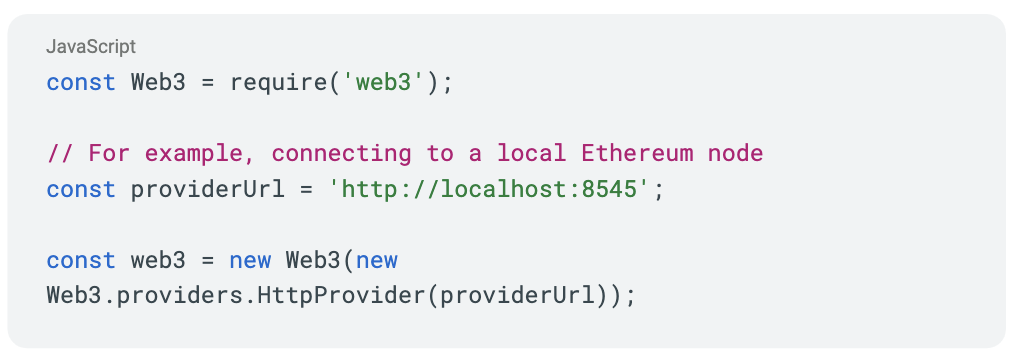
2. To connect to a WalletConnect web3 provider, follow these steps:
- Install the @walletconnect/web3-provider package using npm or yarn:

- Import the WalletConnectProvider module and create a new instance of the web3 provider:
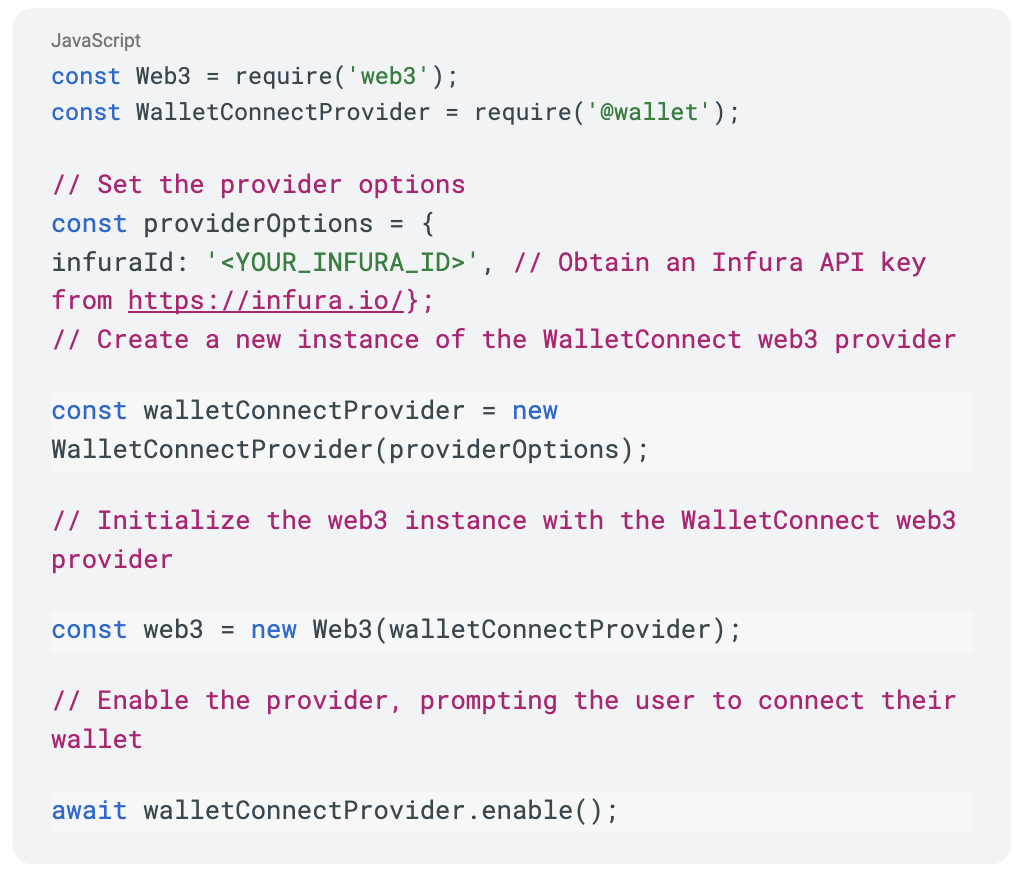
3. If a user has the Metamask extension installed, you can connect to its web3 provider as follows:
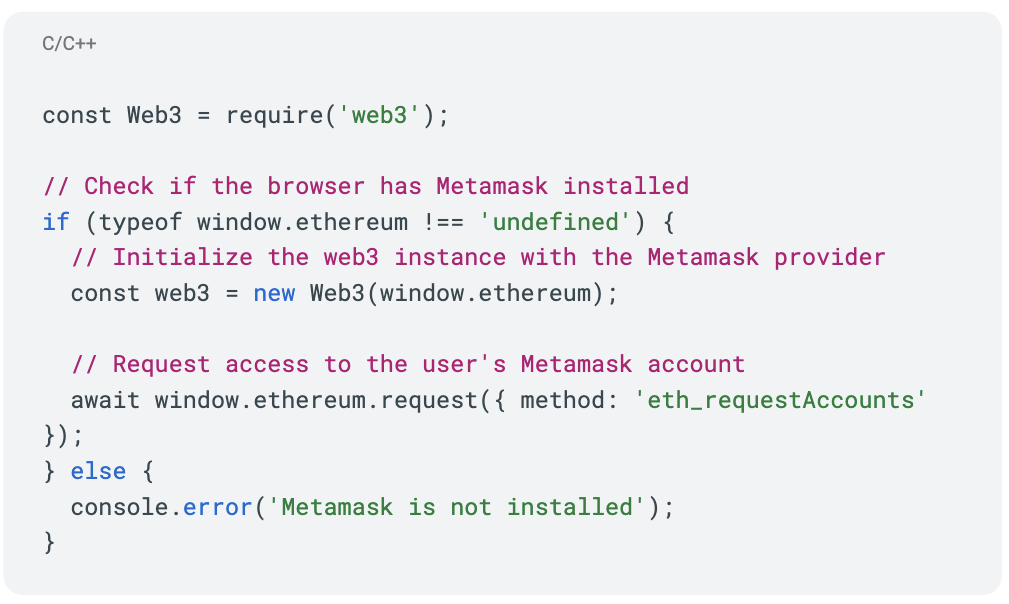
4. To set a web3 instance and provider, simply create a new instance of the Web3 class and pass the desired provider as an argument:
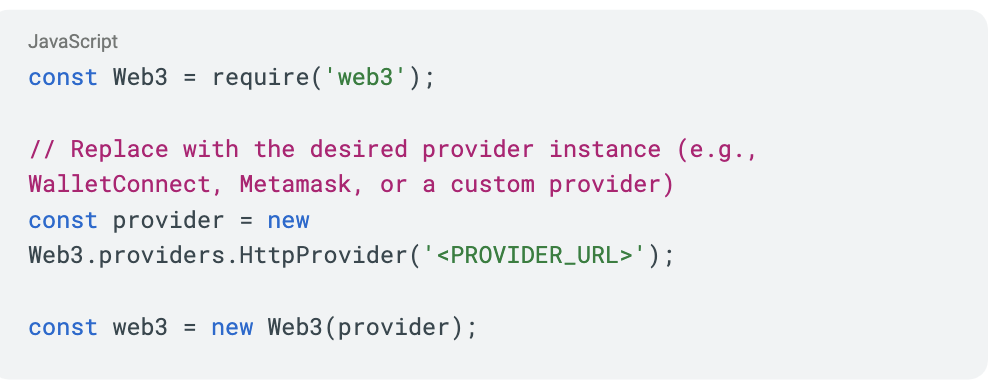
5. Some browsers or extensions, like Metamask, inject a web3 provider directly into the window object. To use the injected provider, follow these steps:

6. To connect to an HTTP web3 node, follow these steps:
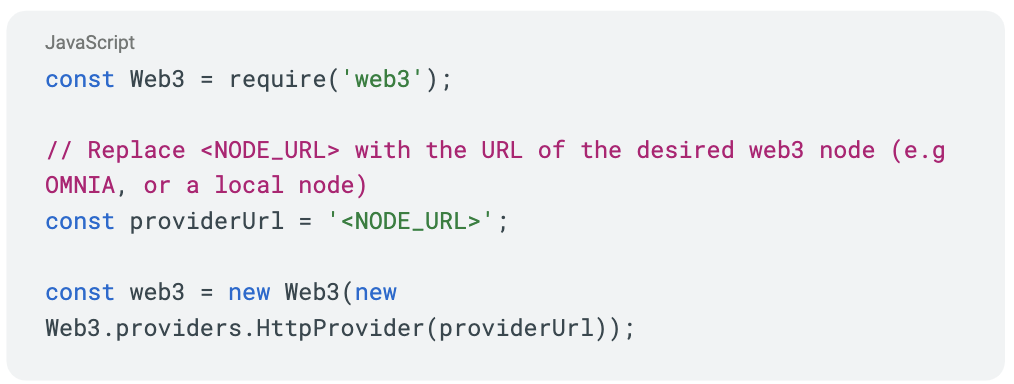
Web3 Email Providers: Communication in the Decentralized World
Web3 email providers offer decentralized communication services that allow users to send and receive emails in a secure and private manner. These providers leverage blockchain technology to ensure data integrity, user privacy, and resistance to censorship.
Key features of web3 email providers:
- Decentralized architecture: Web3 email providers store data on a distributed network, reducing the risk of central points of failure and enhancing overall security.
- Privacy and security: Web3 email providers employ encryption and other privacy-enhancing technologies to protect user data from unauthorized access.
- Censorship resistance: Decentralized email services are more resistant to censorship attempts, ensuring that users can communicate freely without interference.
Top web3 email provider options:
- ProtonMail: A popular privacy-focused email provider that uses end-to-end encryption to protect user data.
- Tutanota: A secure, open-source email service that offers end-to-end encryption and additional privacy features.
- Mailchain: A blockchain-based email service that enables users to send and receive emails using their Ethereum addresses, providing a secure and decentralized communication channel.
Choosing the Right Web3 Provider for Your Project
Factors to consider when selecting a web3 provider:
- Compatibility: Ensure the web3 provider is compatible with the blockchain network you’re working with and the libraries you’re using in your project.
- Scalability: Choose a provider that can handle the expected load and growth of your dApp, particularly for high-traffic or enterprise applications.
- Reliability: Opt for a provider with a strong track record of uptime and performance to minimize disruptions to your dApp.
- Security: Consider the provider’s security measures, such as encryption and access controls, to protect your dApp and user data.
- Pricing: Evaluate the cost of using the provider, including any free tiers or usage-based pricing, to ensure it fits within your project’s budget.
Comparison of popular web3 providers:
- WalletConnect web3 provider: Ideal for mobile wallet integration and cross-platform compatibility. WalletConnect is best suited for dApps that prioritize seamless user onboarding and wallet connectivity.
- Metamask web3 provider: A popular choice for Ethereum-based dApps, Metamask is user-friendly and widely adopted, making it a suitable choice for projects targeting the Ethereum ecosystem.
- Free web3 provider: Free providers like Infura and QuickNode are suitable for small projects or those with limited budgets. They offer basic infrastructure access but may have limitations on usage, support, and features.
- Web3 infrastructure provider: Providers like Alchemy, QuikNode, and Ankr offer advanced features, scalable infrastructure, API access, and dedicated support. These providers are ideal for high-traffic or enterprise applications that require robust infrastructure and support.
Recommendations for different use cases:
- Mobile-focused dApps: WalletConnect web3 provider
- Ethereum-based dApps: Metamask web3 provider
- Small projects or limited budgets: Free web3 providers like Infura or QuickNode
- High-traffic or enterprise applications: Web3 infrastructure providers like Alchemy, QuikNode, or Ankr
An Overview: Frequently Asked Questions
- What is a web3 provider?
- A web3 provider is a critical component in the blockchain ecosystem that allows decentralized applications to communicate with blockchain networks, such as Ethereum.
- What is the role of a provider in web3?
- Web3 providers facilitate secure communication with blockchain networks, manage user accounts and private keys, provide access to blockchain data, and process and sign transactions on behalf of users.
- What is web3.js provider?
- A web3.js provider is a specific implementation of a web3 provider using the web3.js library, enabling developers to interact with blockchain networks through a web3-compatible interface.
- How to set a web3 instance and set a provider?
- Create a new instance of the Web3 class and pass the desired provider as an argument to set a web3 instance and provider.
- How to use injected provider web3?
- Use the injected web3 provider by checking if the window object has a web3 property and creating a new Web3 instance with the injected provider.
- How to connect to a HTTP provider web3 node?
- Connect to an HTTP web3 node by creating a new Web3 instance with an HttpProvider, passing the URL of the desired web3 node as an argument.
Web3 providers play a crucial role in the blockchain ecosystem by enabling secure and seamless communication between decentralized applications and blockchain networks. Understanding the different types of web3 providers, such as WalletConnect, Metamask, free providers, and web3 infrastructure providers, as well as web3 email providers, can help you make informed decisions when developing and deploying your decentralized applications. By considering factors such as compatibility, scalability, reliability, security, and pricing, you can effectively choose the right web3 provider for your specific project needs. As the blockchain space continues to grow and innovate, having a solid grasp of web3 providers and their functionalities will be indispensable for creating successful, future-proof decentralized solutions.
